
Dark Crossroads
A podcast about all things true crime & paranormal
Welcome to Dark Crossroads Podcast! We bring you gripping stories and intriguing discussions in the fascinating world of the paranormal, true crime and the unknown. We offer a captivating range of episodes that will leave you questioning the boundaries of reality.
At Dark Crossroads Podcast, we pride ourselves on delivering thought-provoking content that keeps our listeners on the edge of their seats. Our episodes explore supernatural phenomena, unsolved mysteries, and unexplained events, providing a unique platform for those interested in the uncharted and enigmatic.
Whether you're a devoted follower of the paranormal or just searching for something off the beaten path, Dark Crossroads Podcast invites you to join our growing community of curious minds. Immerse yourself in our immersive storytelling and engaging discussions, and let your imagination run wild. Check us out at the link below and embark on a journey that will challenge your perception of the world around you. Don't forget to subscribe to the podcast for all bonus content!
Don’t. Trust. Anyone.
Dark Crossroads
Unearthing The Hidden Dark Secrets of Benjamin Franklin's Legacy
What if the secret to understanding Benjamin Franklin's complex legacy lies buried beneath his London home? Uncover the chilling discovery of human bones in the basement of Benjamin Franklin's former residence on Craven Street. We navigate the bustling streets of 18th century London, painting a vivid picture of Franklin's life as a colonial agent. As we piece together the grim realities of medical practices during the time, including the desperate demand for cadavers and the gruesome world of body snatching, the shadowy history of Franklin's home comes to life. We also go beyond just unravelin historical mysteries; we dive deep into the ethical dilemmas faced by the medical community of the 18th century. Tune in for an interesting journey where some of the darkest parts of history are explored in unexpected ways.
Paris Rhône
Paris Rhône main products include household items, polishers, and coffee grinders.
Babbily
10% Off Month 1 with promo code dark10
Hear real stories from prison inmates, their free-world pen pals, family, and friends.
Listen on: Apple Podcasts Spotify
Please send cases you want covered or stories you want read on the podcast to darkcrossroadspodcast@gmail.com. Don't forget to like, share, rate, review, and subscribe wherever you're listening to us. You can subscribe through the link in the episode notes to receive bonus content, discounts on future merchandise, and other extras.
Be Weird. Stay Different. Don't Trust Anyone!
The world is dark and twisted, but somehow we find the light. We dive into the darkness, from paranormal to true crime. Every week you come back to listen, no matter how spooky it gets. We're so thankful for all of you. I hope you never forget to always be yourself and don't trust anyone when life gets ugly. We hope that we can make it better when you can find your way home, we'll heat the dark crossroads.
Speaker 2:Welcome to Dark Crossroads Podcast, hosted by Roxanne Fletcher. This is your stop for all things true crime and paranormal. From the infamous story of the New Bedford Highway Killer to the chilling tales of the Black Bedford Highway Killer, to the chilling tales of the Black Eyed Children, dark Crossroads Podcast is a truly deep dive into the stories that frighten and fascinate you All. Links to the show will be provided in this episode's description, and don't forget to let us know what you think of today's episode. Sometimes on this podcast, we like to illuminate the darkest corners of our past. In today's episode, we will be embarking on an extended journey into a tale that blurs the lines between founding father lore and macabre discovery. Prepare yourselves for a comprehensive exploration of 18th century London, where the home of Benjamin Franklin, a diplomat, inventor and enigma, held secrets far beyond anything we could have possibly imagined.
Speaker 2:It was a crisp autumn day in 1998. The leaves were turning gold and red in London's historic Craven Street. This was a narrow thoroughfare that winds its way through the heart of the city. At number 36, a Georgian townhouse stands silent, its weathered bricks holding nearly two and a half centuries of history. This is no ordinary home, though. This is where Benjamin Franklin, one of America's most revered founding fathers, spent nearly 16 years of his life. As conservation workers carefully excavated a small pit in the basement, preparing the house for its transformation into a museum, their tools suddenly strike something unexpected. A collective gasp echoes in the dim space as they brush away centuries of dirt to reveal human bones. In the coming days, the painstaking work of archaeologists would uncover the remains of 10 human bodies buried beneath the house six children and four adults. But how did they get there and what connection, if any, did they have to Benjamin Franklin? To unravel this mystery, we need to transport ourselves back to the London of the 1750s. Imagine the narrow cobblestone streets teeming with life, street vendors, horse-drawn carriages clattering by and the pungent mix of scents from open sewers and cooking fires filling the air. It's into this bustling, chaotic world that Benjamin Franklin arrives in 1757, taking up residence at 36 Craven Street. Benjamin, already renowned for his experiments with electricity, was here as an agent for the Pennsylvania Assembly, advocating for colonial interests in the heart of the British Empire. To truly understand the significance of what was found in Benjamin Franklin's basement, we need to delve deeper into the world. Benjamin, who, from now on I'm going to call Ben inhabited during this time in London.
Speaker 2:Benjamin Franklin arrived in London at a time of great change and tension. The Seven Years' War, which would reshape the balance of power in Europe and North America, was just beginning. London was the center of the British Empire, a city of nearly 700,000 people, making it the largest city in Europe at this time. It was a place of stark contrast, where extreme wealth and grinding poverty existed side by side. Ben's London at the time was a city in the midst of transformation. The Enlightenment was in full swing, with coffeehouses serving as hubs of intellectual discourse. Scientists, philosophers and politicians rubbed shoulders, debating the latest ideas and discoveries. It was an intoxicating environment for a curious mind like Ben's.
Speaker 2:But life in the 18th century London was not all intellectual stimulation and scientific advancements. There was a darker side to the city. Disease was rampant, with outbreaks of smallpox, typhoid and cholera common. The streets were filthy, with no proper sewage system. Crime was a constant concern, with pickpockets and highwaymen operating openly. It was a city of opportunity, but it was also a city full of great danger.
Speaker 2:Ben's landlady was a widow named Margaret Stevenson, and over time he had become close to both Margaret and her daughter Polly. But it's another figure who enters the story in 1770 that may hold the key to all of this mystery William Hewson, a brilliant young anatomist who married Polly Stevenson. William was a rising star in the field of anatomy. He had studied under the renowned Scottish anatomist William Hunter and was currently making a name for himself with his research on the lymphatic system. His marriage to Polly Stevenson brought him into Ben's inner circle and it was clear from Ben's letters that he held the young scientist in very high regard. Now, to understand the significance of William Hewson's presence, we need to delve into the world of 18th century medicine.
Speaker 2:It was a time of great scientific advancement, but also a time of great ethical dilemmas. In the 18th century, the medical community was desperate for bodies to study. Anatomy was advancing by leaps and bounds, but legal sources of cadavers, mainly executed criminals, were very scarce at this time. This led to a shadowy underworld of body snatching, where so-called resurrectionists would exhume fresh corpse to sell to anatomists. It is crucial to understand the state of medical knowledge at this time. The circulatory system had only been fully described about a century earlier. The rule of the lungs and oxygenating the blood was just beginning to be understood. Anatomists like Hewson were quite literally mapping the human body, pushing the boundaries of scientific understanding with each dissection.
Speaker 2:Anatomy in the 18th century was very hands-on, often gruesome. Dissections were typically conducted in the private anatomy schools or in the homes of the physicians. The process was time-sensitive. Without modern embalming techniques, bodies decomposed quite quickly. Anatomists would work for hours, meticulously recording their observations through detailed drawings and notes. The tools of the trade were rudimentary by today's standards Scalpels, bone saws, forceps, syringes to study the circulatory system. The smell would have been so overpowering it would have to be masked with vinegar or tobacco smoke. It definitely was not work for the faint of heart.
Speaker 2:And here's where speculation begins to run wild. Was William Hewson involved in this grisly trade? Did he turn Ben's basement into a secret anatomy school complete with illegally obtained corpses? The evidence seems to point in that direction. The bones that were found in 1998 showed clear signs of being part of a dissection. There were saw marks on the skulls, cut marks on the bones consistent with 18th century surgical techniques. But this raises even more questions. Did Benjamin Franklin know about these activities happening under his own roof? Was he merely a silent landlord, or could he have been an active participant in Williams' anatomical studies.
Speaker 2:Let's consider the possibilities. On one hand, ben was a man of science with a keen interest in medicine. He was known to attend anatomical lectures and even wrote about Williams' experiments in his letters. In one letter to John Hunter, another prominent surgeon at the time, ben wrote I should have been happy to see Mr Hewson's experiments on blood. I hope he will perfect his discovery and communicate it to the open public. This suggests that Ben was at least aware of William's work. But did he know the full extent of it? Did he turn a blind eye to the illegal procurement of the bodies, seeing it as a necessary evil in the pursuit of knowledge?
Speaker 2:Ben was deeply invested in scientific progress. He was a member of the Royal Society and corresponded with leading thinkers across Europe. It's hard to imagine that he wouldn't have been at least curious about William's work. However, ben was also a pragmatist. He might have chosen to remain officially ignorant of the more questionable aspects of Williams' research. On the other hand, we must consider Ben's position as a public figure. He was in London as a representative of the American colonies, walking a delicate diplomatic tightrope. Could he have risked everything by actively participating in illegal dissections? Ben's position in London was precarious. He was trying to navigate the complex politics of colonial representation while maintaining his scientific and social connections. Any scandal could have hugely jeopardized his mission. However, we also know that Ben was adept at managing his public figure. He might have felt that the potential benefits of advancing medical knowledge outweighed the possible risks.
Speaker 2:But then another question emerges why bury the bodies in the basement? Why not return them to their graves under cover of darkness, as was a common practice among body snatchers at this time? Here we enter even murkier waters of speculation. Was there something unique about these particular bodies that required them to be hidden away permanently? Were they the subjects of experiments too controversial to risk any exposure? Burying the bodies on site was unusual, but not unheard of. It might have been a matter of convenience or a response to increased scrutiny from authorities. There was also the possibility that these remains were kept for ongoing studies.
Speaker 2:Certain specimens, particularly those showing unusual pathologies, were highly prized by anatomists. Some have even suggested more sinister possibilities. Could these bones be evidence of a series of murders covered up by Ben and William under the guise of medical research? While there's no evidence to support such extreme theories, they illustrate the power this discovery has had on the public imagination. The idea that a beloved historical figure might have a literal skeleton in his closet, or rather in his basement, is undeniably captivating. To explore this aspect even further, while it is tempting to imagine lurid scenarios, the evidence does not support theories of murder.
Speaker 2:The bones showed signs of careful, methodical dissection, not violent trauma. Moreover, the mix of adult and child remains is consistent with the general mortality patterns of the 18th century London. What they were seeing is more likely the result of opportunistic body snatching rather than targeted killings. That said, the presence of children's remains is particularly upsetting, but it's also important to remember that infant mortality was high in the 18th century and the bodies of children were in very high demand for anatomical studies. This all is a stark reminder of the different attitudes towards death and the body that prevailed at this time. As we consider all of these possibilities, it's crucial to remember the context of the time era.
Speaker 2:The 18th century was an era of radical change in scientific thought. The pursuit of knowledge often clashed with established laws and societal norms. What we might view as gruesome or unethical today was often seen as a necessary step towards progress. It has been stated by doctors that we should not judge Ben or William. By modern standards, they were men of their time, pushing the boundaries of science in ways that ultimately led to the medical knowledge that we benefit from today. The real question is not whether they were involved in these activities, but how they reconciled them with their moral beliefs.
Speaker 2:The 18th century was a pivotal time in the development of medical ethics. The concept of informed consent was centuries away, and the rights of the deceased were viewed very differently than they are today. Anatomists like William Hewson genuinely believed that their work served a greater good, advancing medical knowledge that could save countless lives. At the same time, there was a growing awareness of the ethical issues surrounding body snatching and dissection. The poor and marginalized were disproportionately targeted by resurrectionists, leading to public outcry and riots in some cases. It's likely that Ben and William were aware of these tensions, which might explain the decision to bury the remains on site rather than to risk discovery. It's worth noting that this ethical dilemma was not unique to Ben and William. Many of the anatomical collections that form the basis of our modern medical understanding have similarly questionable origins. It's a complex legacy that the medical community is still grappling with to this day.
Speaker 2:This ethical quandary leads us to another fascinating aspect of the story the social and class dynamics that were at play. 18th century London was a city sharply divided by class. The bodies found in Franklin's basement were likely those of the poor. They were the same people who would have served in households like Benjamin Franklin's, worked in the shops that he frequented's worked in the shops that he frequented, or begged on the streets that he would walk. There's a certain irony in the fact that, in death, these individuals may have contributed to scientific advancements that would primarily benefit the wealthy, at least initially. It's also worth considering the role of women in the story. Polly Stevenson, william Hewson's wife, was well-educated and shared Ben's interest in science. Some historians have also speculated that she might have assisted in her husband's work. If this is true, it would add yet another layer to the understanding of women's contributions to science in the 18th century, to science in the 18th century. As these complex issues are being pondered, it is worth considering how the discovery of this might change current society's view and perception of Benjamin Franklin.
Speaker 2:Ben has long been viewed as a sort of genial grandfather figure of the American Revolution, the wise, witty, diplomat and inventor. But this discovery reminds us that he was a man of his time, willing to push boundaries in the pursuit of knowledge. It adds a layer of moral ambiguity to his character that makes him in many ways more human and maybe even more interesting. We need to remember that Ben was a complex figure. He was a slave owner who later became an abolitionist. He was a loyal British subject who became a leader of the American Revolution. This discovery fits into that pattern of complexity. It challenges us to see Ben not as a one-dimensional historical icon, but as a multifaceted human being grappling with the moral and intellectual challenges of his era.
Speaker 2:The bones in the basement also offer a unique window into the scientific process of the 18th century. The remains showed evidence of various anatomical techniques that were used at that time. You can see where the skulls were carefully opened to examine the brain, where the bones were boiled to remove the flesh and where different tools were used to separate the joints. It's almost like reading a textbook of 18th century surgical practices, but it was written in bone. One particularly interesting aspect is the evidence of anatomical injections. This was a technique where colored wax or mercury would be injected into blood vessels to study the circulation. It was a cutting-edge practice at this time and it tells us that whoever was working on these remains was using the most advanced methods available. But the story does not end with this initial discovery.
Speaker 2:The find at 36 Craven Street sparked a renewed interest in Ben's time in London and the scientific circles that he moved in. This discovery has led historians to re-examine Ben's London years in greater detail. Scientists and doctors today are now looking more closely at his connections to the medical community, his attendance at scientific lectures and his correspondence with other researchers. It's opening up new avenues of study and changing their understanding of Ben's intellectual pursuits. For example, they are paying more attention to Ben's interactions with other scientific figures of the time, like Joseph Presley, who discovered oxygen, and John Hunter, the famous surgeon. They are also looking at how Ben's scientific interests might have influenced his political thinking. It's leading to a more holistic view of Ben as a figure of the Enlightenment.
Speaker 2:The discovery at Craven Street has also had implications beyond the world of historical research. The find has reignited debates about the ethics of using human remains in medical research and education. It has prompted museums and medical schools to re-examine their anatomical collections, considering issues of consent and proper treatment of human remains. Considering issues of consent and proper treatment of human remains. In a way, these 18th century bones are forcing us to confront very 21st century ethical questions. As our investigation draws to a close, we were left with a tapestry of facts, speculations and unanswered questions. The bones in Benjamin Franklin's basement stand as a testament to the complex interplay of science, ethics and social dynamics in the 18th century.
Speaker 2:What was found at Craven Street is more than just a collection of bones. It is a time capsule of Enlightenment-era scientific inquiry. These remains bear witness to a pivotal movement in the history of medicine, when researchers were just beginning to unravel the mysteries of human anatomy. Every cut mark, every sign of experimentation tells us something about the quest for knowledge that drove men like William Hewson and Benjamin Franklin. But the implications of this discovery extend far beyond the realm of historical curiosity. The Craven Street Bones force us to confront uncomfortable truths about the foundations of historical curiosity. The Craven Street Bones force us to confront uncomfortable truths about the foundations of modern medicine.
Speaker 2:Many of the anatomical atlases and medical textbooks that formed the basis of the 19th and early 20th century medical education were based on studies of dubiously obtained bodies. This discovery brings that legacy into sharp focus and asks us to consider how do we honor the contributions of these unnamed individuals to medical progress. How do we reconcile the undeniable benefits of this research with the ethical violations involved in obtaining the bodies? This ethical quandary has led to concrete actions in the medical community In recent years. There has been a movement in medical schools and museums to reassess their anatomical collections. Many institutions are working to identify the origins of their specimens, to provide proper memorials and, in some cases, to replace or even return remains. It's all a complex process that involves balancing scientific value, ethical considerations and respect for the dead. The discovery on Craven Street has also sparked new debates in the field of bioarchaeology. The find sits at the intersection of several disciplines history, archaeology, medical ethics and forensic science. It's encouraging collaboration between fields that don't always interact. For instance, historians are working with forensic anthropologists to piece together not just what happened to these individuals after death, but to try to understand who they might have been in their life.
Speaker 2:As we reflect on this macabre discovery, we're left with more questions than answers. But perhaps that's the true value of such findings they challenge us to reconsider our understanding of history and the figures that we think of so highly. Whatever happened in that basement on Craven Street forces us to grapple with uncomfortable truths about the past. It reminds us that progress often comes at a cost and that even our heroes had to navigate murky ethical waters. In studying this aspect of Ben's life, we're not diminishing his achievements, but rather trying to gain a more nuanced understanding of the world that he inhabited and the choices that he faced.
Speaker 2:This discovery adds depth to our understanding of Ben as a man of science, and it places him firmly in the context of the Enlightenment's fascination with empirical knowledge and hands-on experimentation. At the same time, it raises questions about the limits of that pursuit of knowledge. Where did Ben draw the line? How did he reconcile his scientific curiosity with his moral principles?
Speaker 2:The Craven Street Bones offer us a unique window into a pivotal moment in history. This was a time when the old world of superstition and tradition was giving way to the new world of science and reason, but that transition was not smooth or straightforward. The story of these bones, with all its moral ambiguity and unanswered questions, encapsulates the complexities of that historical moment. Moreover, this discovery challenges us to think about how we approach history. Too often we view historical figures as either heroes or villains, but the reality is always much more complex. Ben was a brilliant inventor, a skilled diplomat and a key figure in the founding of America. He was also a man who, at the very least, turned a blind eye to ethically questionable medical practices happening under his own roof. Both of these things can be true, and understanding that complexity is key to truly understanding history. Today, 36 Craven Street stands as a museum where visitors can learn about Ben's life and his work in London and, yes, they can also hear the story of the bones in the basement, a reminder that history is often far more complex and morally ambiguous than we might like to believe. When you visit the house today, you can't help but be struck by the contrast between the elegant Georgian rooms upstairs and the knowledge of what went on in the basement. It's a physical representation of the duality we have been discussing the public face of enlightenment, progress and the hidden costs of that progress.
Speaker 2:As we close this episode, I encourage our listeners to consider how do we reconcile the great achievements of historical figures with the ethical standards of their time? How might our own future generations judge our own pursuit of knowledge and progress? The story of the Craven Street Bones asks us to consider. What are the ethical blind spots in our own society. What practices do we accept today in the name of progress that future generations might find morally questionable? This is a reminder that ethical reflection should be an ongoing process, not just something we apply to the past.
Speaker 2:Benjamin Franklin, it seems, was not just a statesman and an inventor, but also a man who lived at the intersection of Enlightenment ideals and the dark realities of 18th century life. His house on Craven Street stands as a testament to the complex legacy of a complex man, a legacy that continues to fascinate and perplex us to this day. Thank you for joining us on this journey into the past, where we have learned that sometimes the most illuminating discoveries are made in the darkest of places. In the pursuit of historical truth, we must be willing to dig deep, even if what we uncover disturbs us, for it is in confronting these complexities that we gain a truer understanding of our shared human story. Until next time, keep questioning, keep exploring and never stop seeking the shadows of history.
Speaker 2:Alrighty, so it's that time, guys, to say goodbye, but before I do so, I just want to send a thank you to all of my listeners for your continued love and support and for sending in cases that you want covered and stories that you want read on the podcast.
Speaker 2:We truly accept all stories, including scary, paranormal and funny. Any cases you want covered or stories that you want read on the podcast, just please send them in to darkcrossroadspodcast at gmailcom. Thank you for hanging out again today, and if you want any more information about the podcast or cases and stories that we cover, then head on over to the website at wwwdarkcrossroadspodcastcom. There you can find all of the information about the podcast, a link to our merch and also our blog covering all of the cases that we cover. You can also find us on all social media platforms.
Speaker 2:Don't forget to like share rate review, subscribe wherever you're listening to us. You can subscribe to the podcast for bonus information. There is a link in all episodes in the notes that will send you to our subscription page and with that you will get bonus content, discount on future merch and a lot of extra goodies. Every single dollar that comes through donations or through our subscription goes straight into the podcast, helping fund research, and it really helps us out and keeps this podcast going. And with all of this said, please don't forget to be weird, stay different and don't trust anyone.
Speaker 1:We share a love for the weird and scary. When I record, I always feel like I can be myself with you. Thank you for all of your time. I couldn't do this without you. Every week we have so much fun Sharing stories. I don't know what I would do without dark crossroads. Dark Crossroads Always be yourself and don't trust anyone. When life gets ugly, we hope that we can make it better. When you can find your way home, we'll hear the dark crossbows.
Podcasts we love
Check out these other fine podcasts recommended by us, not an algorithm.

Morbid
Ash Kelley & Alaina Urquhart
And That's Why We Drink
Christine Schiefer, Em Schulz | Para Pods
Give It To Me Straight
Dear Media
True Crime with Kendall Rae
Mile Higher Media & Audioboom Studios
So Supernatural
Audiochuck | Crime House
Two Girls One Ghost
Sony Music Entertainment
The Criminal Makeup
Danielle Kirsty
Crime Junkie
Audiochuck
Creeps and Crimes
Taylar Fetzner, Morgan Harris | Para Pods
Weird Darkness: Paranormal & True Crime Stories
Darren Marlar | Weird Darkness | Full-Time Voice Actor
My Favorite Murder with Karen Kilgariff and Georgia Hardstark
Exactly Right and iHeartPodcasts
Serial
This American Life
Cult Liter with Spencer Henry
Spencer Henry | Morbid Network
OBITCHUARY
Morbid Network
Creeps and Crime Storytime - A Paranormal and True Crime Podcast
Charlie Hammond
The Coven Cafe Podcast
Kirsten, Sierra, and Alexis
Sword and Scale
Sword and Scale
Beyond The Crime: A Psychological Analysis
Dr Lars Madsen, Shay Addison and Dr Rob Brockman
Crime and Coffee Couple - True Crime Podcast
Allison and Mike
Odd Trails
Andy Tate & Brandon Lanier
Southern Fried True Crime
Erica Kelley
One Strange Thing: Paranormal & True-Weird Mysteries
Laurah Norton
Creepin It Real
Robin Yeary
This Is Actually Happening
Wondery
Something's Not Right
Something's Not Right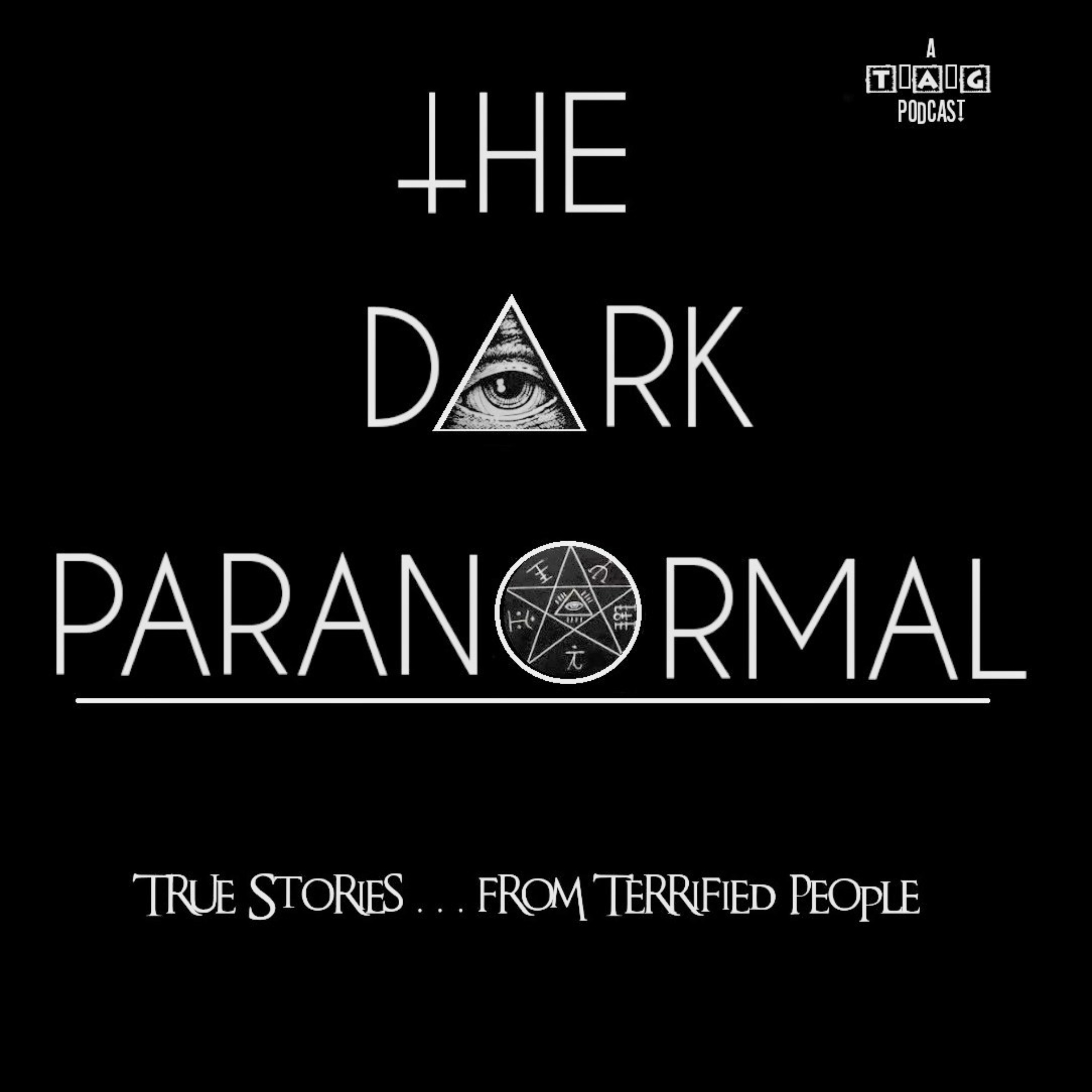
The Dark Paranormal
The Dark Paranormal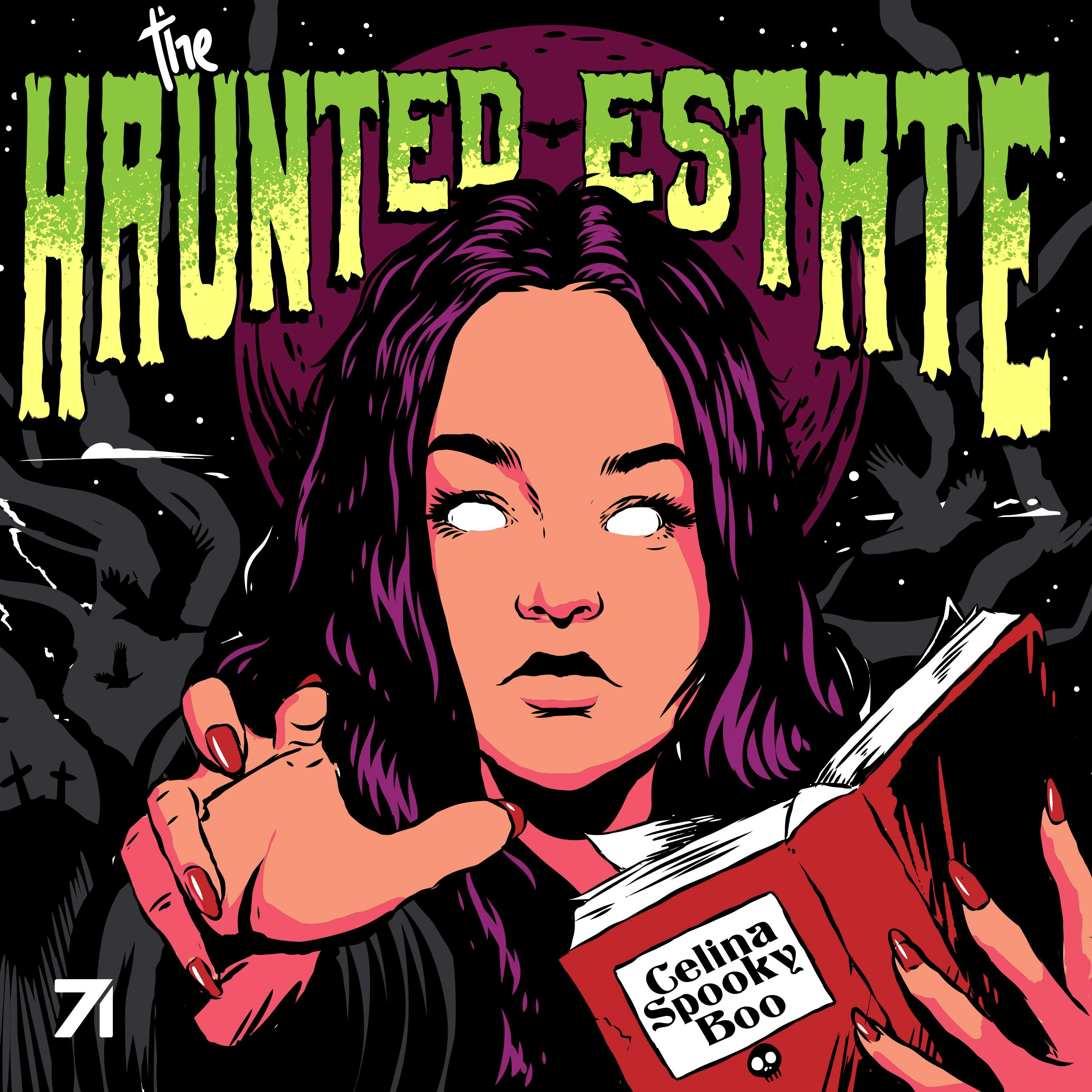
The Haunted Estate with CelinaSpookyBoo
The Haunted Estate & Studio71
On The Odd: Cults, Hauntings, The Paranormal & Unexplained
Ghost Stories, Haunted, Paranormal & Supernatural Stories
The Grave Talks | Haunted, Paranormal & Supernatural
Ghost Stores, Haunted, Paranormal & Supernatural Stories
The Haunted Objects Podcast
SpectreVision Radio
Seven Deadly Sinners
Rachael O'Brien
Morbid Network
Morbid Network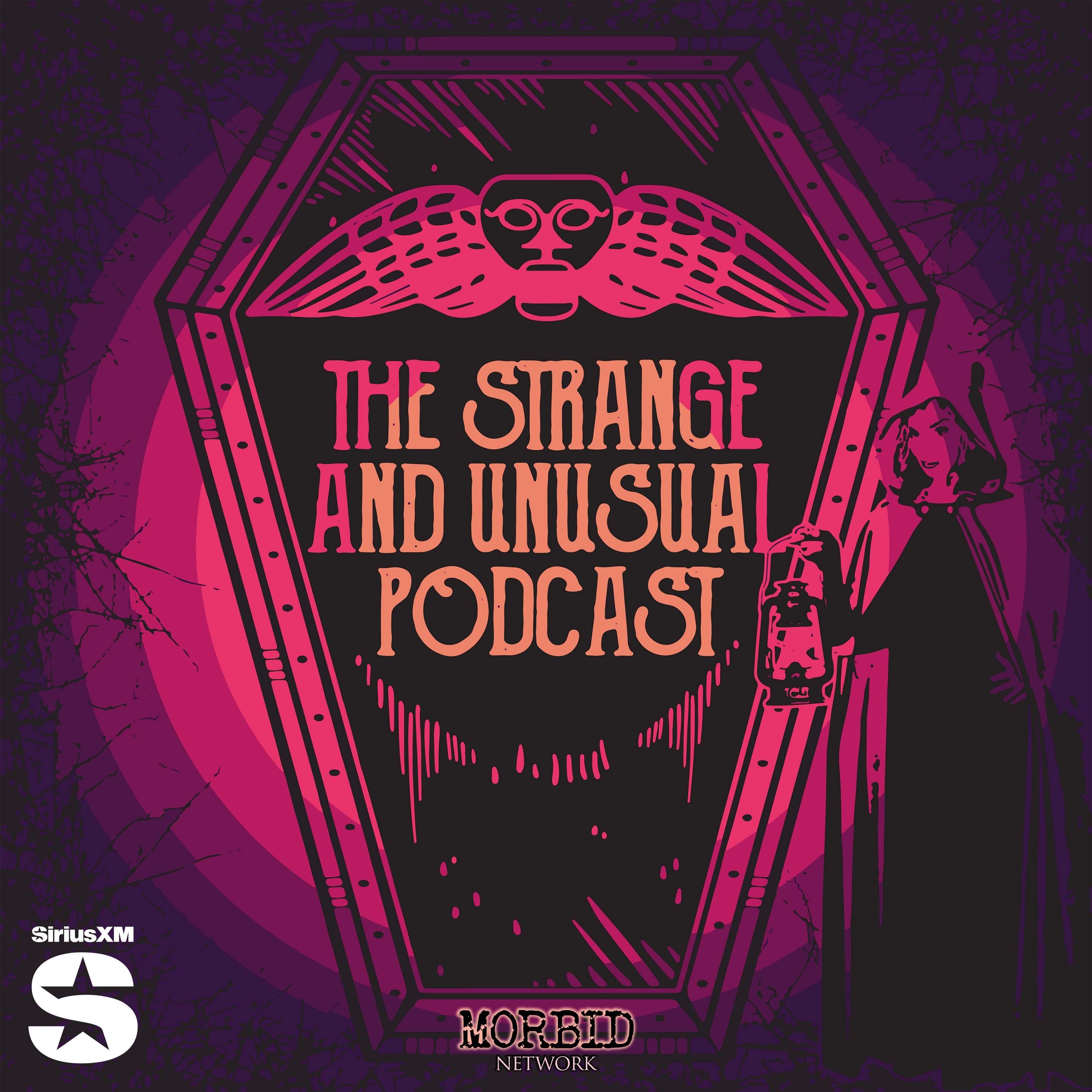
The Strange and Unusual Podcast
Alyson Horrocks | Morbid Network
That's Spooky
Tyler Hyde & Johnny Cann | Morbid Network
Snapped: Women Who Murder
Oxygen
Morbidology
Morbidology
Midnight Scares - Fall Asleep to Spooky Stories
Midnight Scares
What Came Next
Broken Cycle Media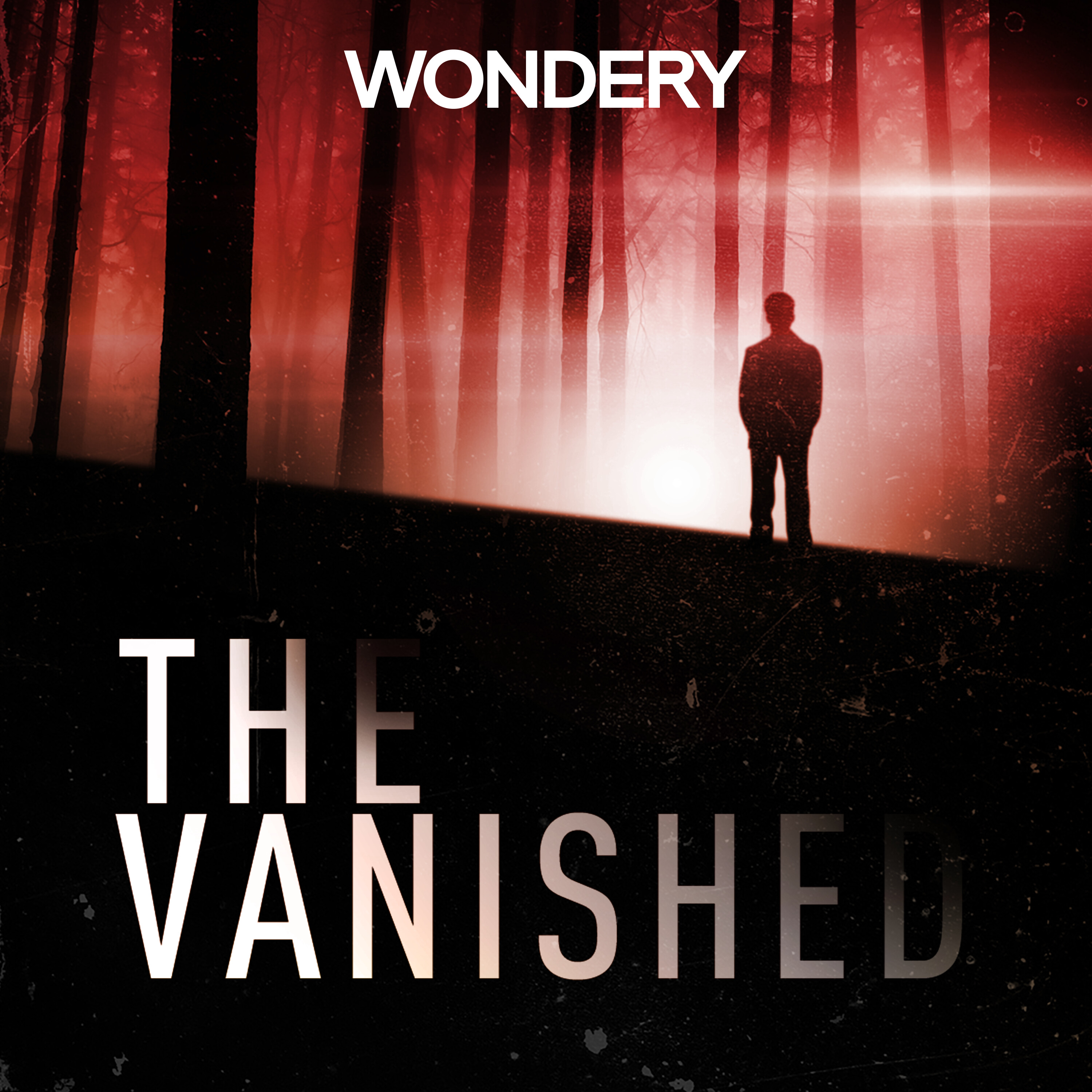
The Vanished Podcast
Wondery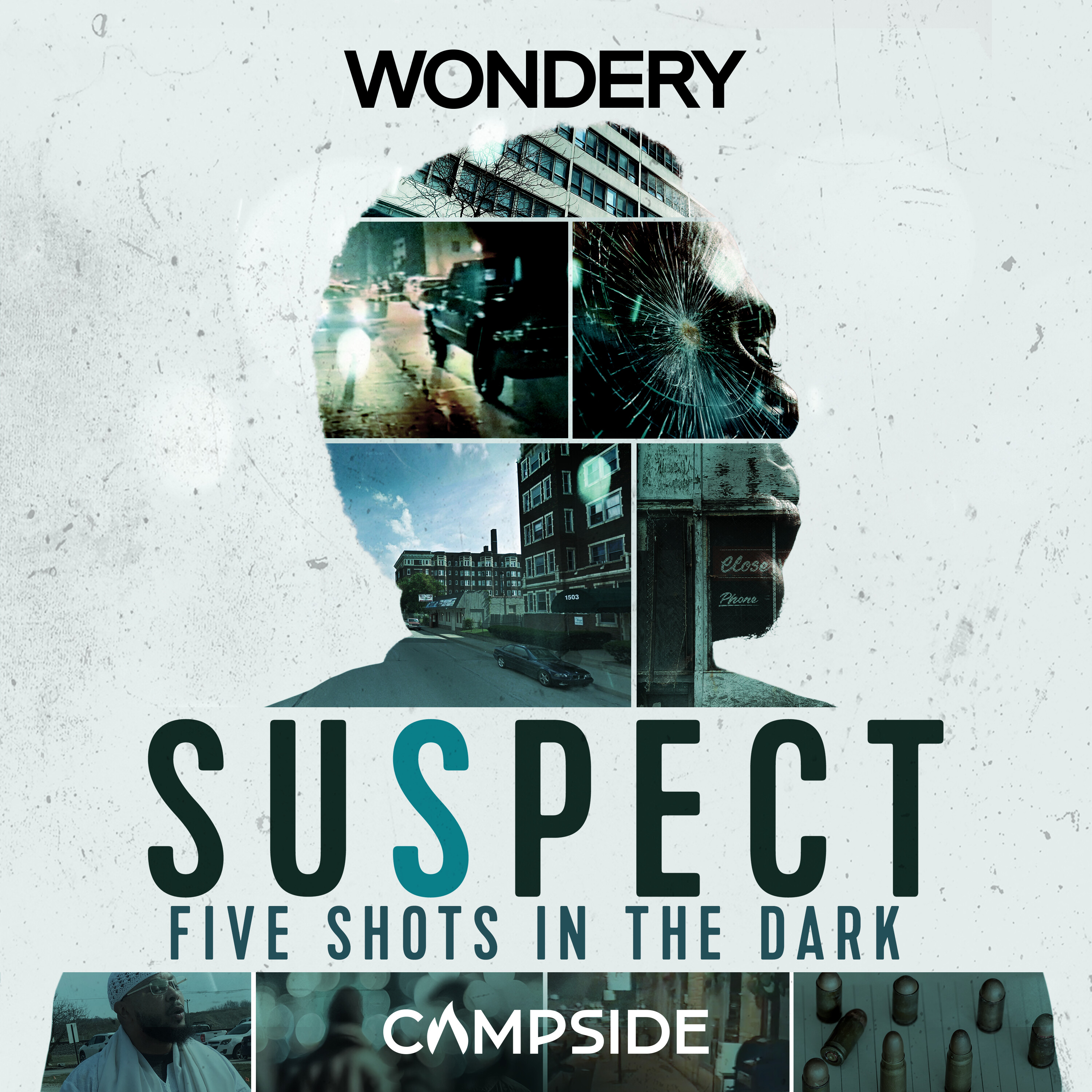
Suspect
Wondery | Campside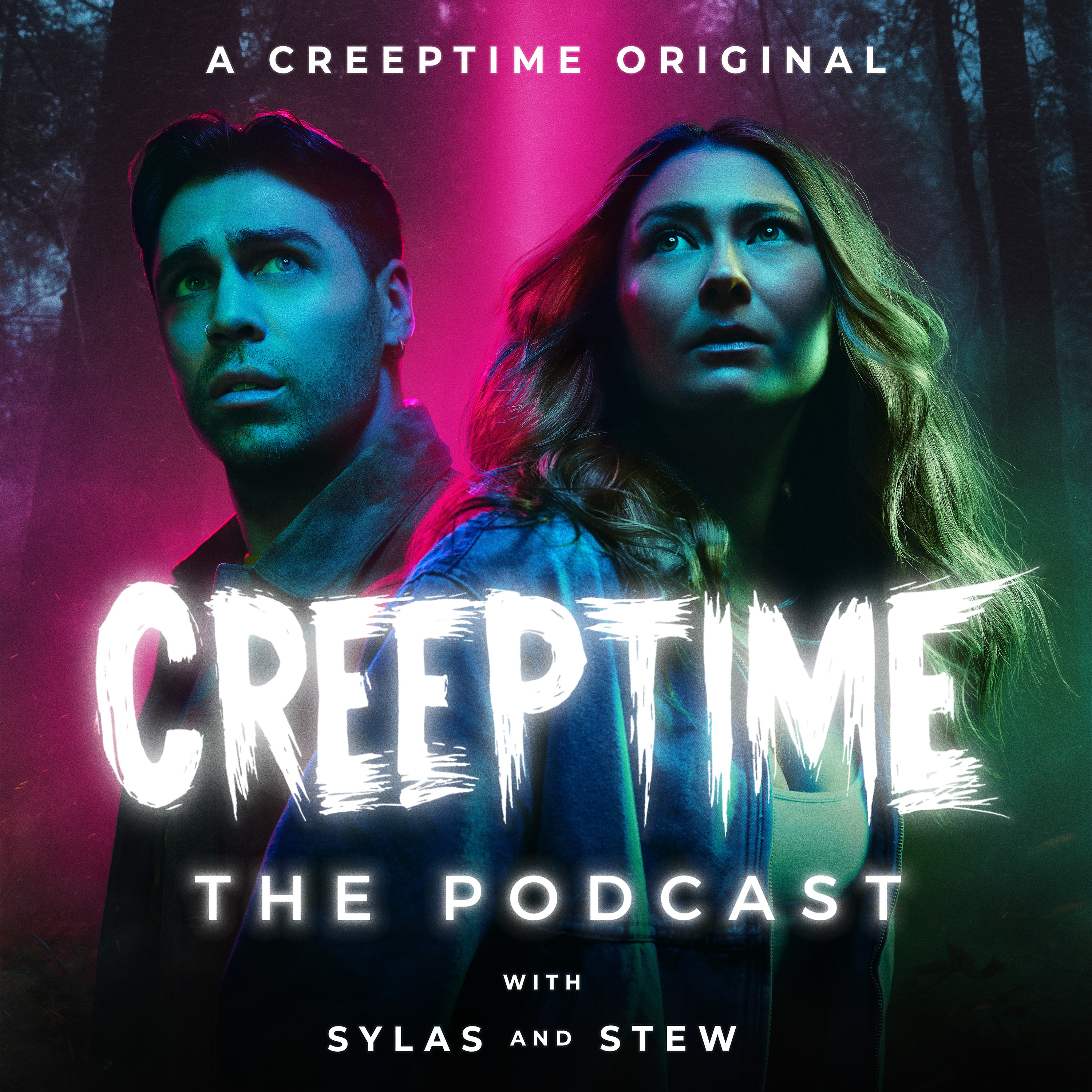
CreepTime The Podcast
Sylas Dean and Stew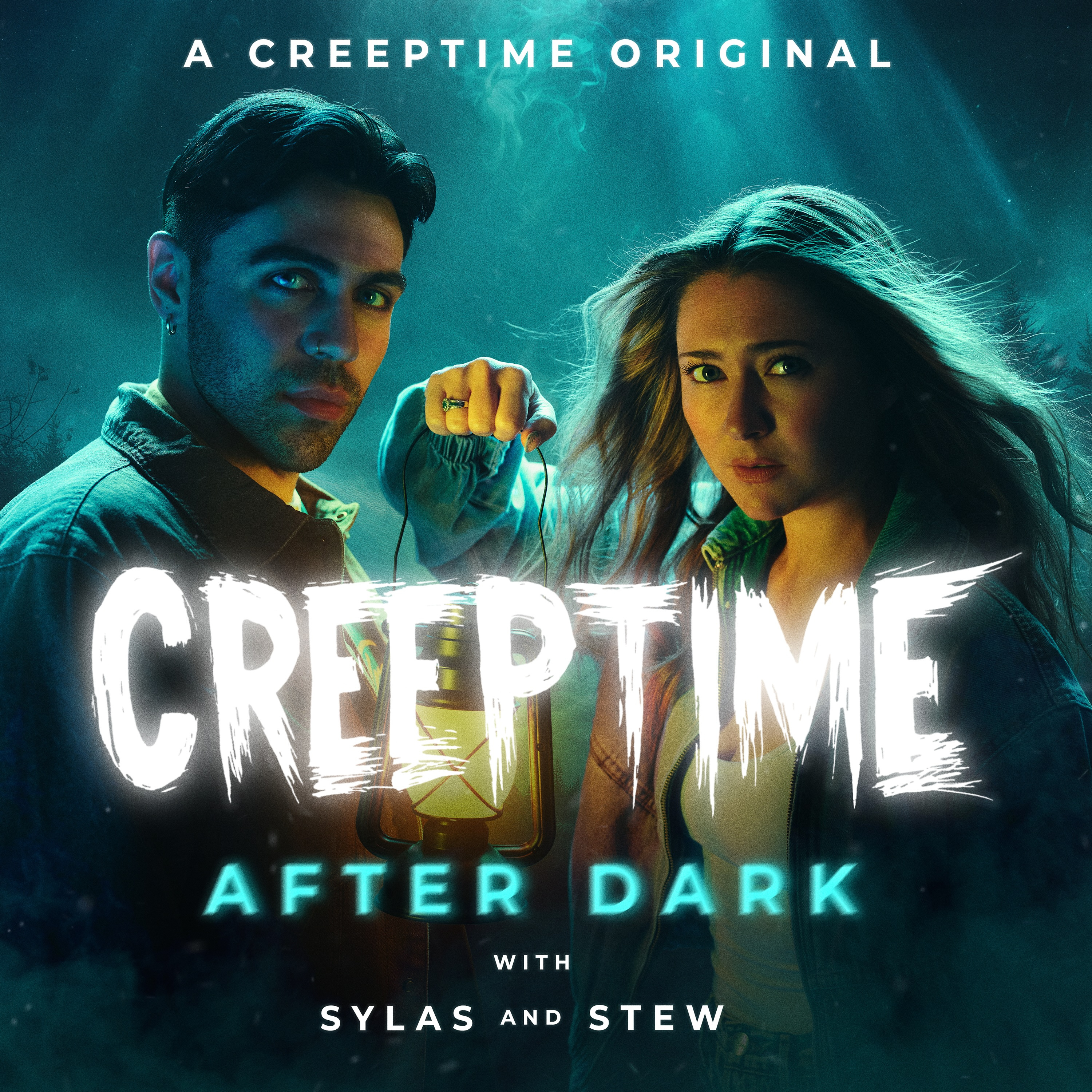
CreepTime: After Dark
Sylas Dean and Stew
Dark History
Audioboom Studios
Murder, Mystery & Makeup
Audioboom Studios
Anatomy of Murder
Audiochuck
Full Body Chills
Audiochuck
CounterClock
Audiochuck
Park Predators
Audiochuck
Dark Downeast
Audiochuck
The Deck Investigates
Audiochuck
Armored
Audiochuck
The Deck
Audiochuck
KILLED
Audiochuck
Small Town Murder
James Pietragallo, Jimmie Whisman
True Crime Obsessed
True Crime Obsessed
True Crime Obsessed
Patrick Hinds & Gillian Pensavalle
Strictly Anonymous Confessions
Kathy Kay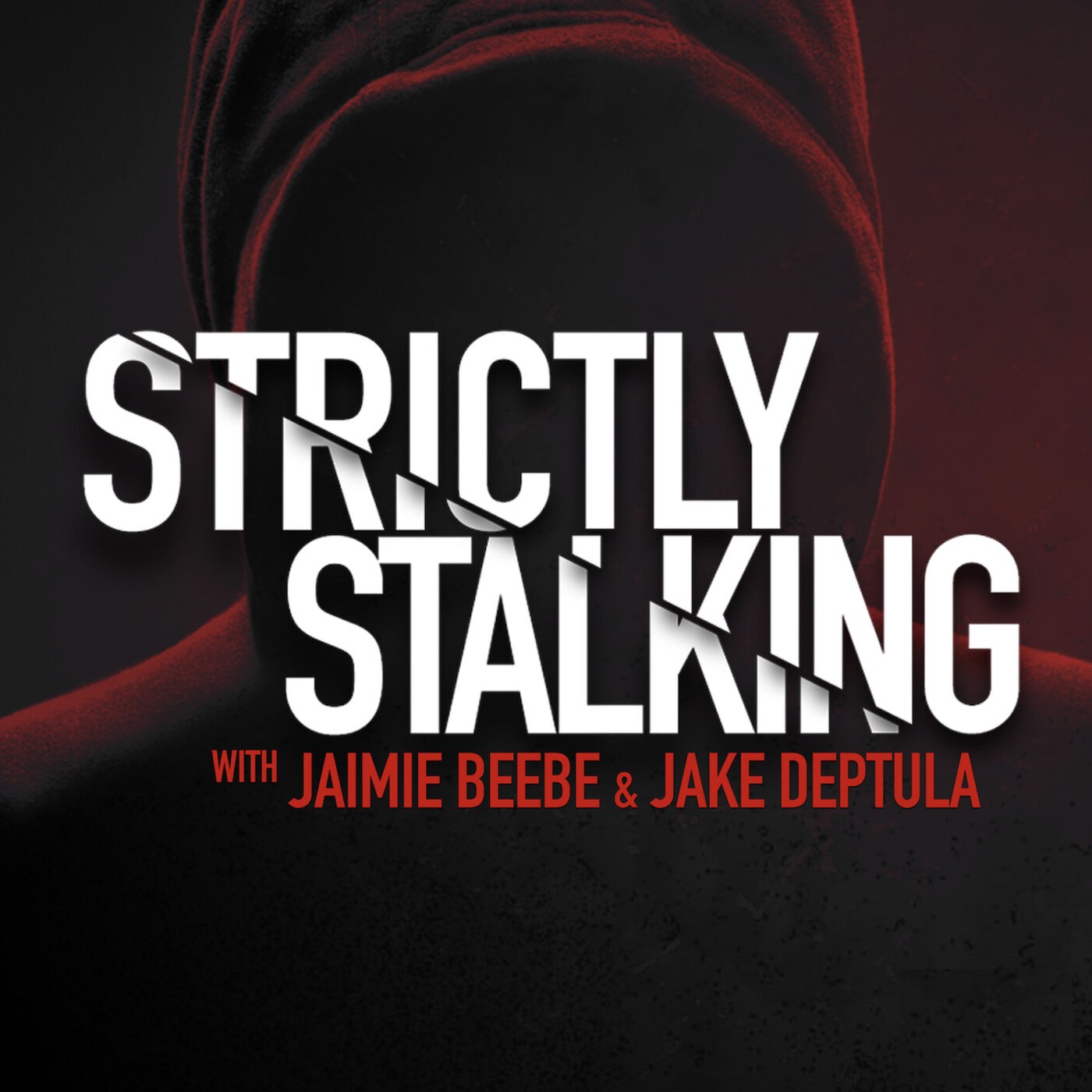
Strictly Stalking
Strictly Stalking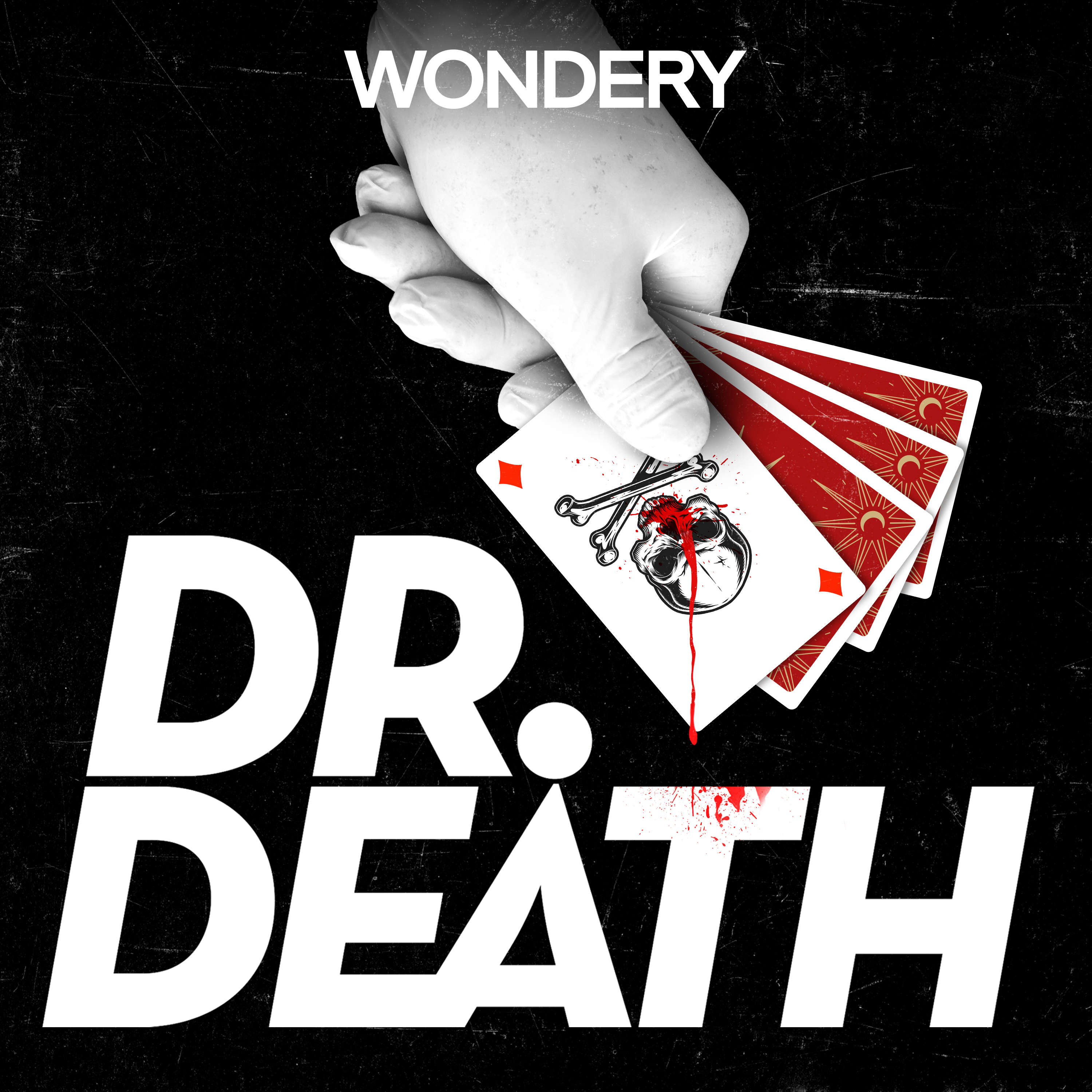
Dr. Death
Wondery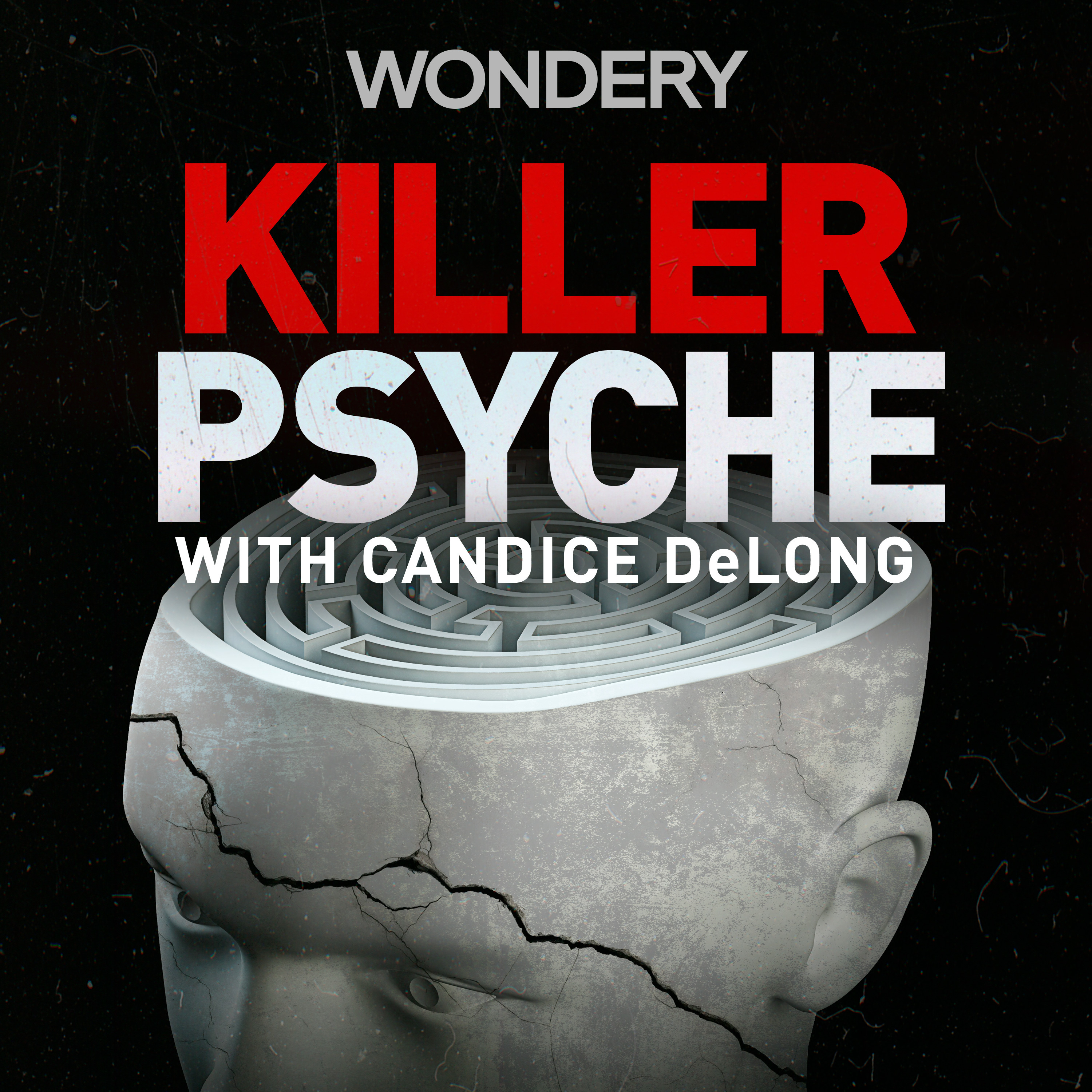
Killer Psyche
Wondery | Treefort Media
Cold
KSL Podcasts
True Crime Garage
TRUE CRIME GARAGE
This Podcast Will Kill You
Exactly Right and iHeartPodcasts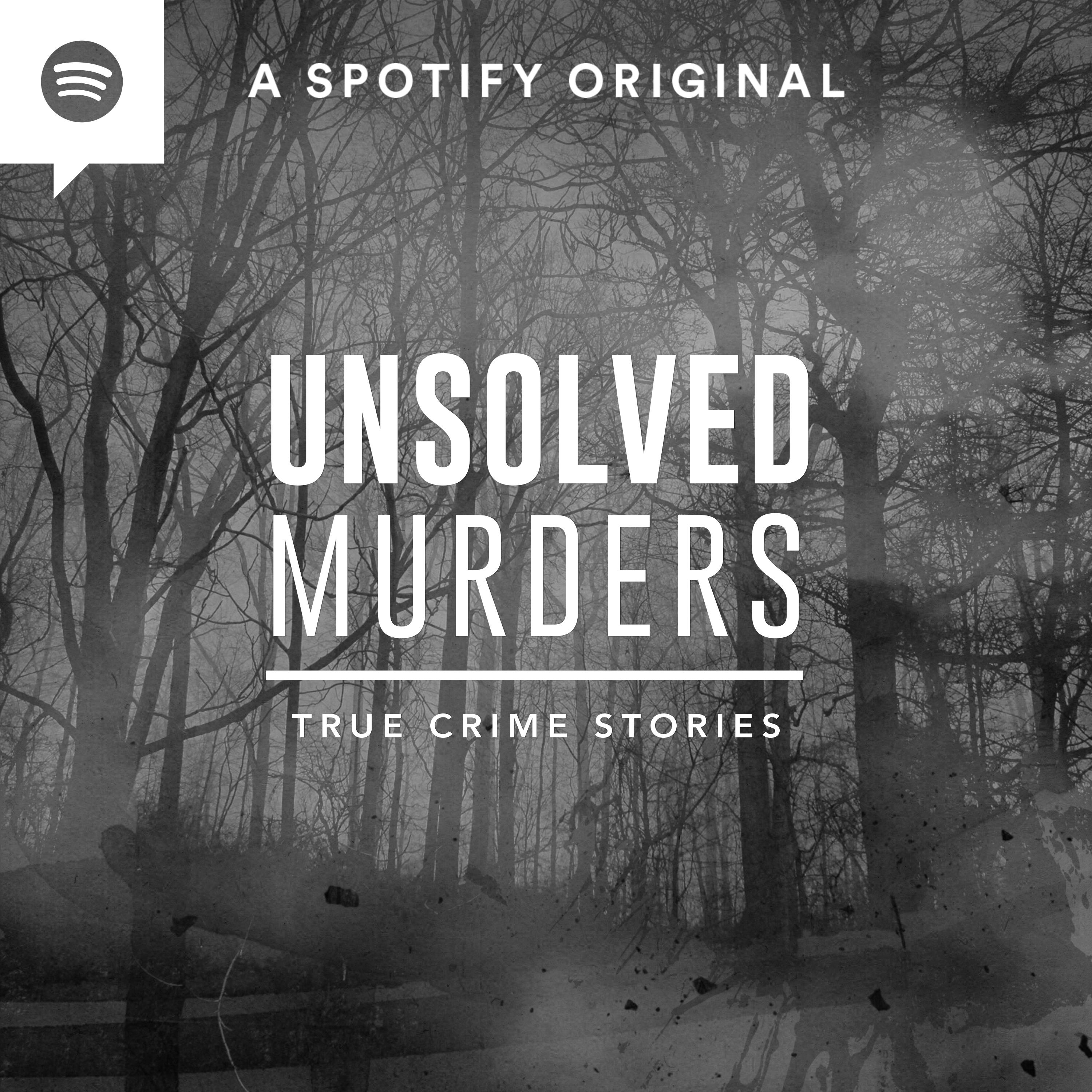
Unsolved Murders: True Crime Stories
Spotify Studios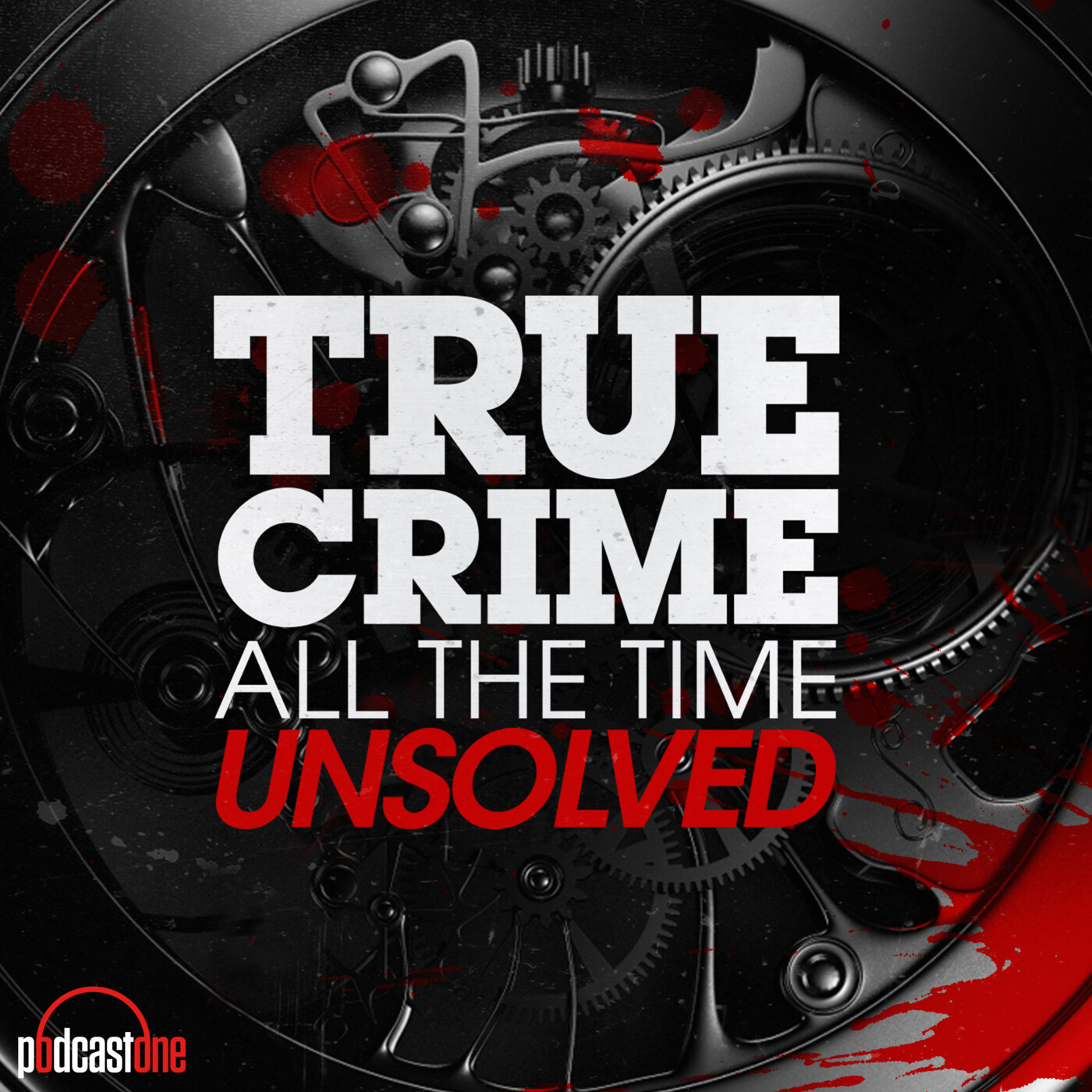
True Crime All The Time Unsolved
PodcastOne
True Crimes and Weird Times
Ashley & Kim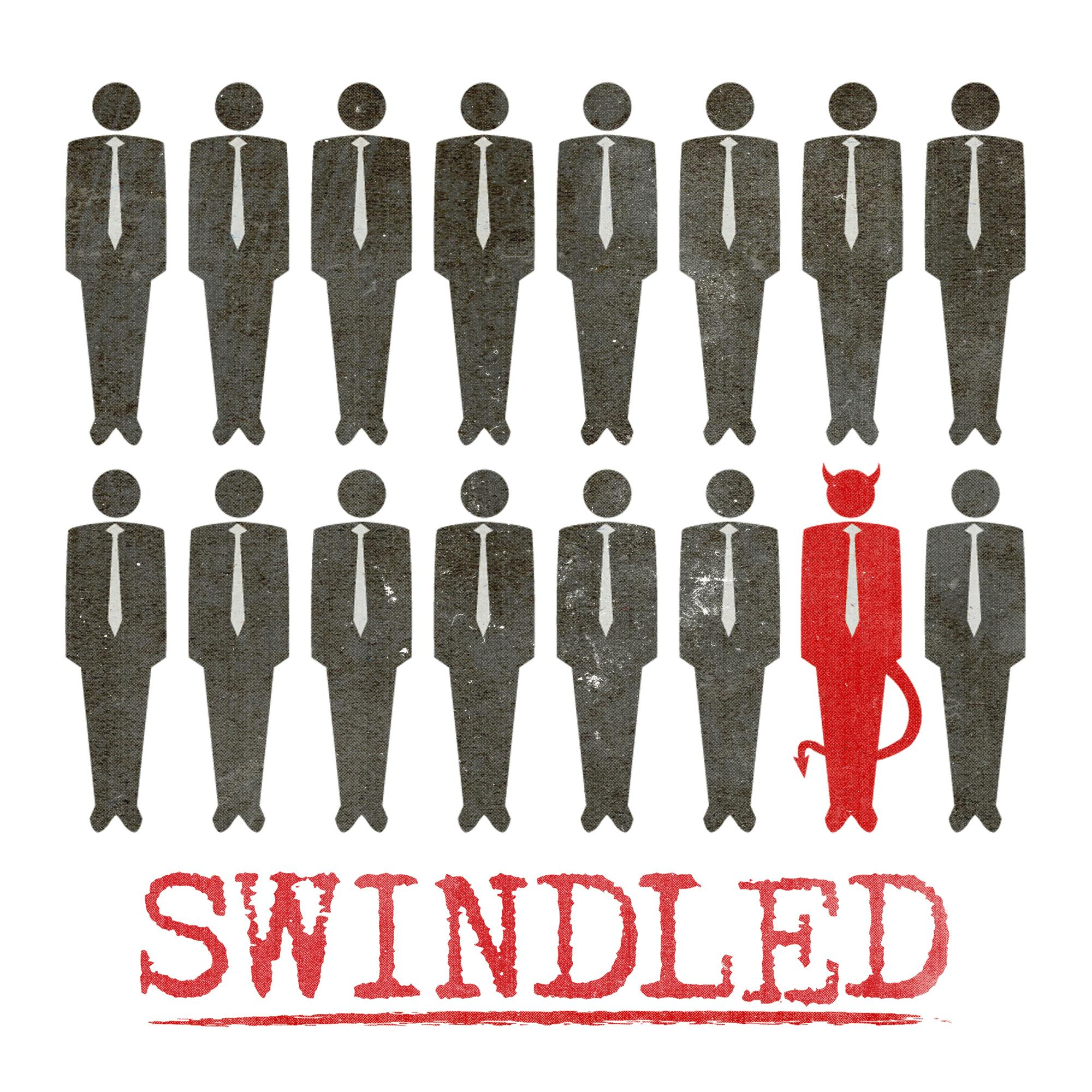
Swindled
A Concerned Citizen
Red Ball
Audiochuck
Solvable by audiochuck
audiochuck
O.C. Swingers
audiochuck
Strangeland
Audiochuck | Western Sound
Unsealed: The Tylenol Murders
AT WILL MEDIA, The Chicago Tribune
IDIOT with Laura Clery
Laura Clery & Studio71
Paranormal Mysteries
Nic Ryan | Paranormal Mysteries Podcast
The Weird History Eerie Tales Podcast
The Weird History Eerie Tales
Casefile True Crime
Casefile Presents
Murder, She Told
Kristen Seavey | QCODE
Crimelines® True Crime
Crimelines True Crime
Crawlspace - True Crime & Mysteries
Crawlspace Media
Once Upon A Murder
Once Upon A Murder: A True Crime Podcast
Lore
Aaron Mahnke
The Brohio Podcast
Aliens, Conspiracy Theories, Paranormal, Famous Murders, Cryptozoology, Strange Occurrences, Monsters, UFOs, True Crime, Demons, Occult, Urban Legends, Comedy
Death by Misadventure: True Crime Paranormal
Death by Misadventure
There’s Some Horrors In This House: A true crime/paranormal podcast
Maiden and Fluff
Weird Tales and the Unexplainable
Bob, Beef + Tiss
The Oddcast: Tales of the Occult, Weird, and Arcane
Jon Fredette
Spooky Psychology
Lauren Mollica and Megan Baker
Spooky Sips
Spooky Sips
Everything is Spooky in the Dark
Wandering Crystal
Hillbilly Horror Stories Paranormal Podcast
Jerry Paulley
The Paranormal Podcast
Jim Harold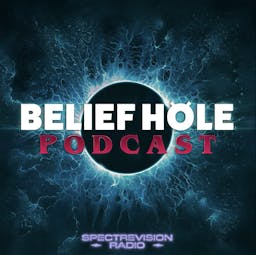
Belief Hole | Paranormal, Mysteries and Other Tasty Thought Snacks
SpectreVision Radio
Truth Be Told Paranormal
Club Paranormal Channel
Ghost Host's Horror Podcast
The Ghost Hosts' Horror Podcas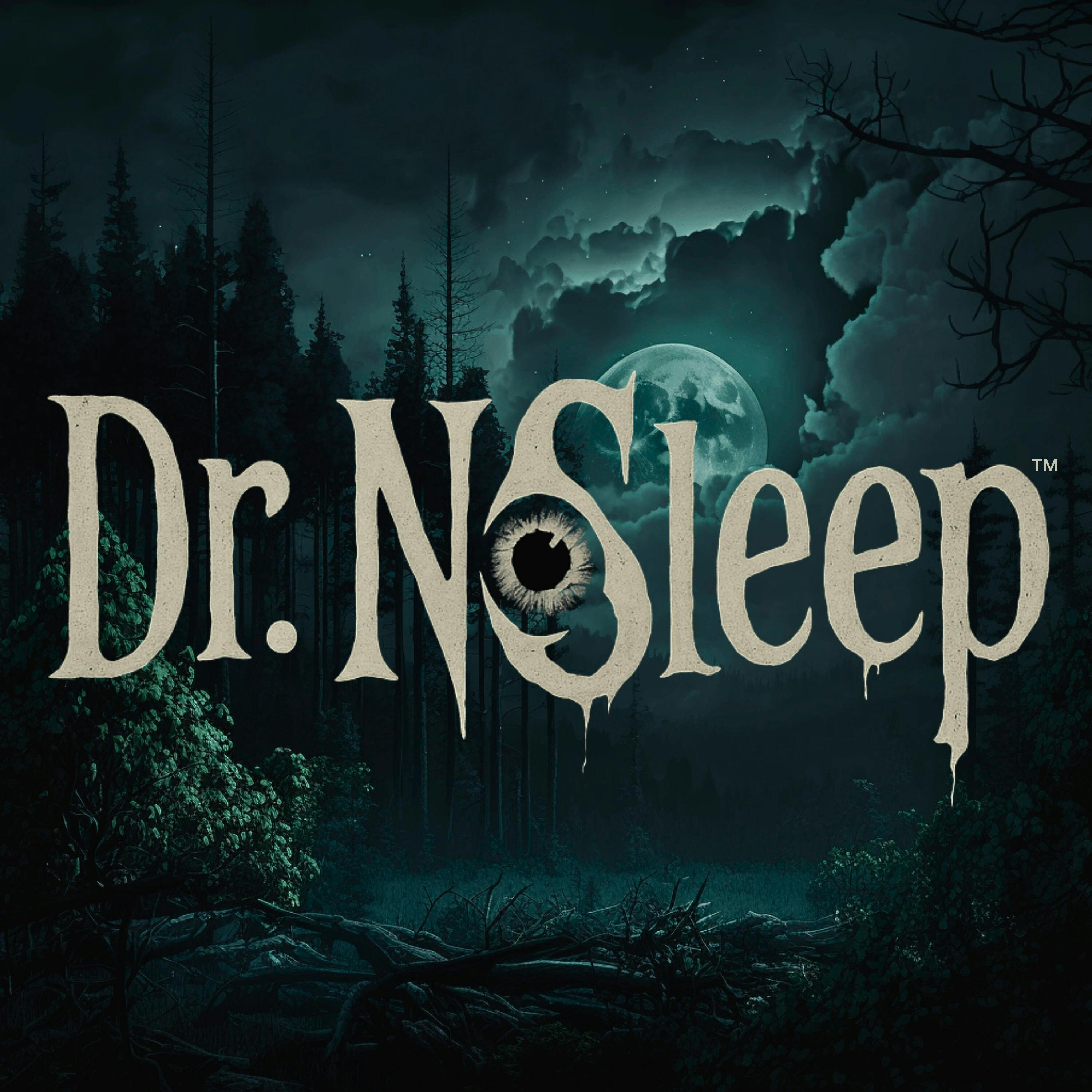
Scary Horror Stories by Dr. NoSleep
Dr. NoSleep Studios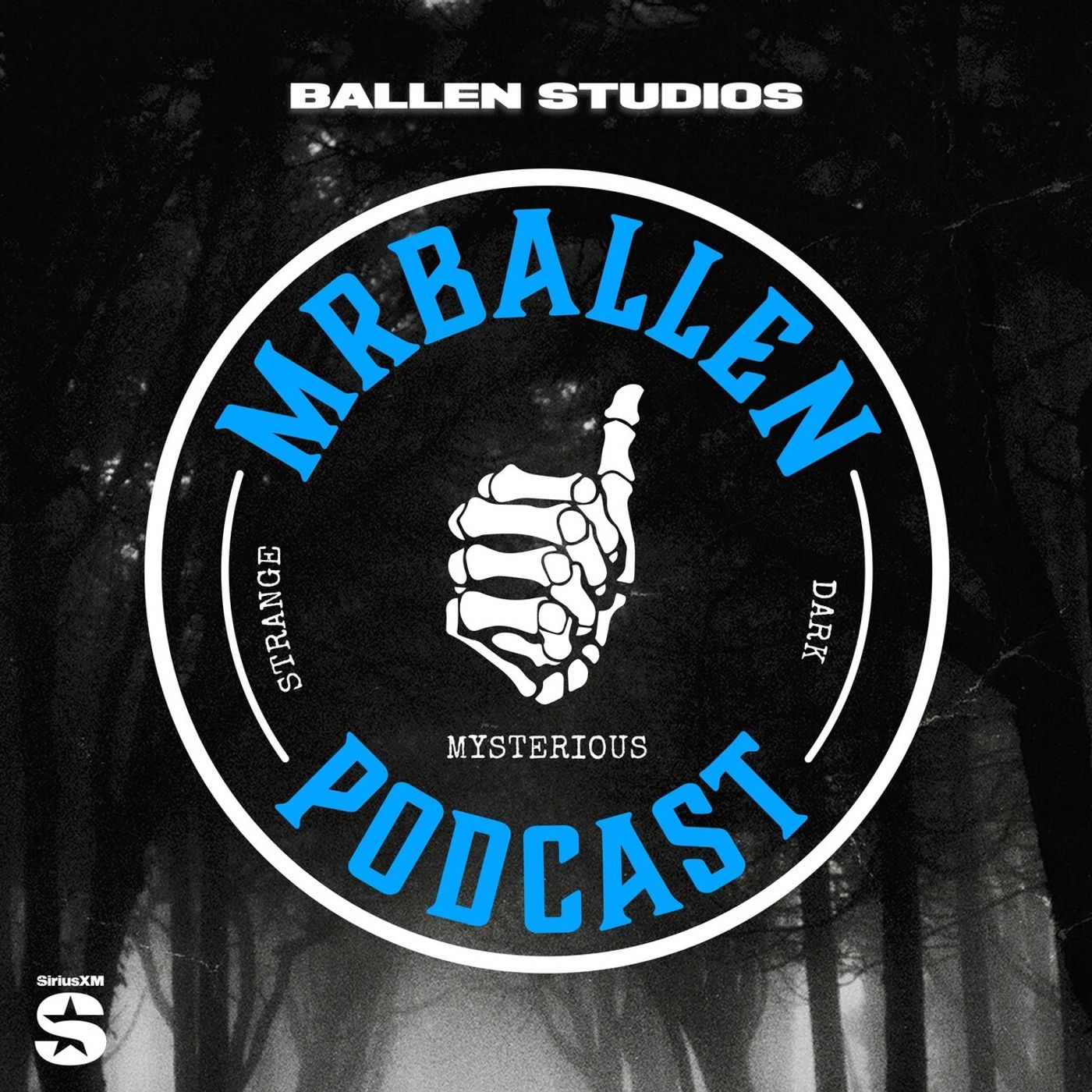
MrBallen Podcast: Strange, Dark & Mysterious Stories
Ballen Studios
Bedtime Stories
Ballen Studios
RUN, FOOL!
Ballen StudiosCreep: a true crime podcast
Creep: a true crime podcast
Scary Time - Scary, Creepy and Paranormal stories
Indie Drop-In Network
Hollywood & Crime
Wondery
LISK: Long Island Serial Killer
Mopac Audio & Glassbox Media
Lady Killers with Lucy Worsley
BBC Radio 4
Coffee, Wine, and True Crime
Sara Kline
Daily Coffee & Crime: A True Crime Podcast
Daily Coffee & Crime: A True Crime Podcast
Dark Crossroads
Roxanne Fletcher
Crime Stories with Nancy Grace
iHeartPodcasts and CrimeOnline

